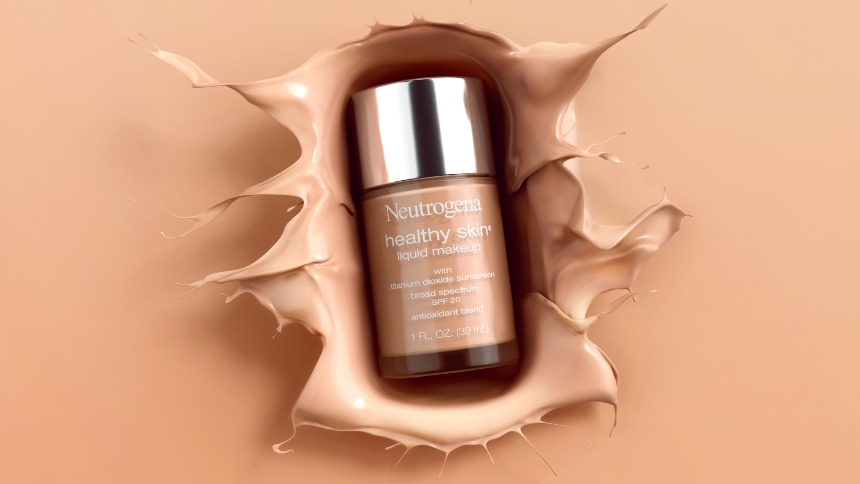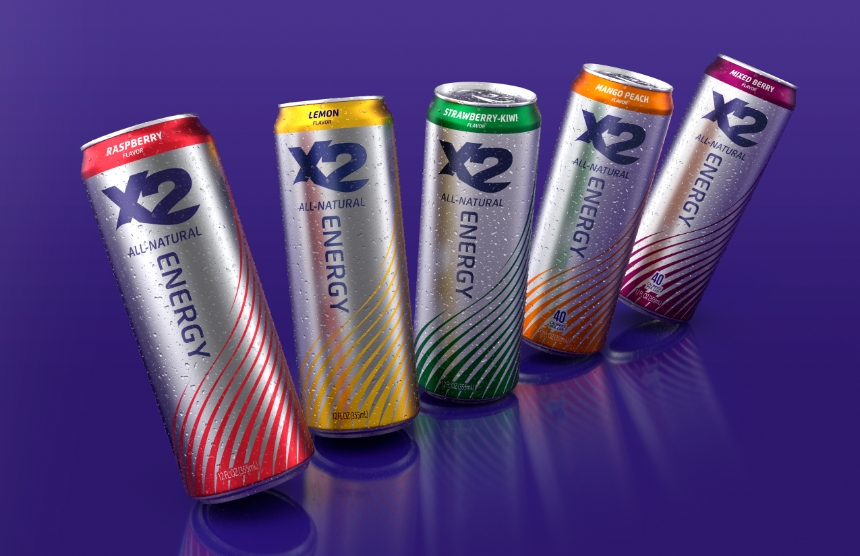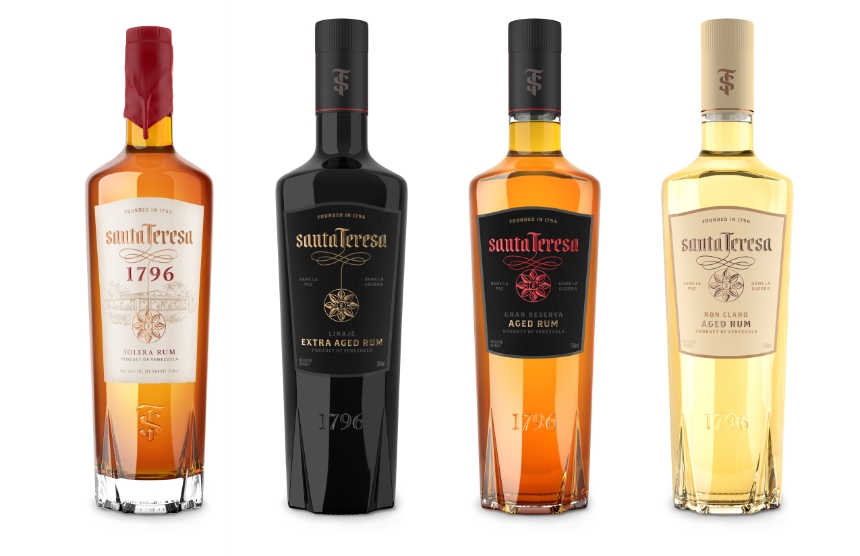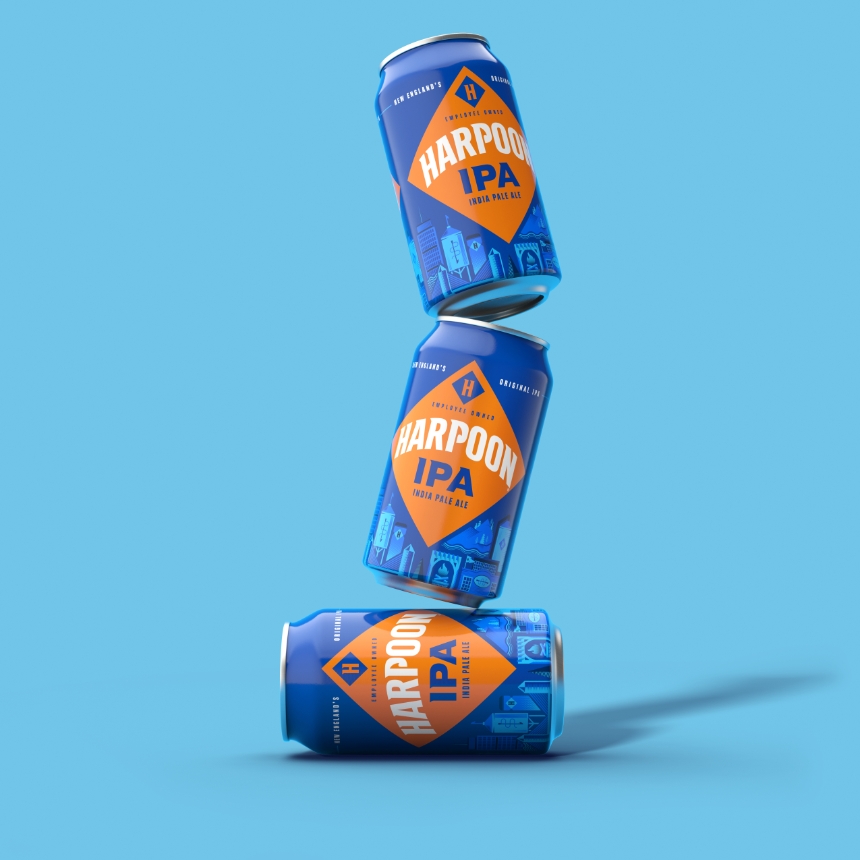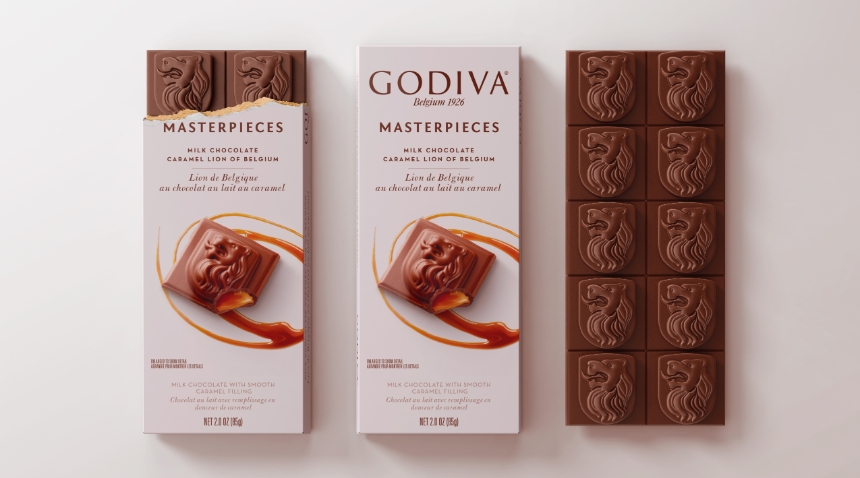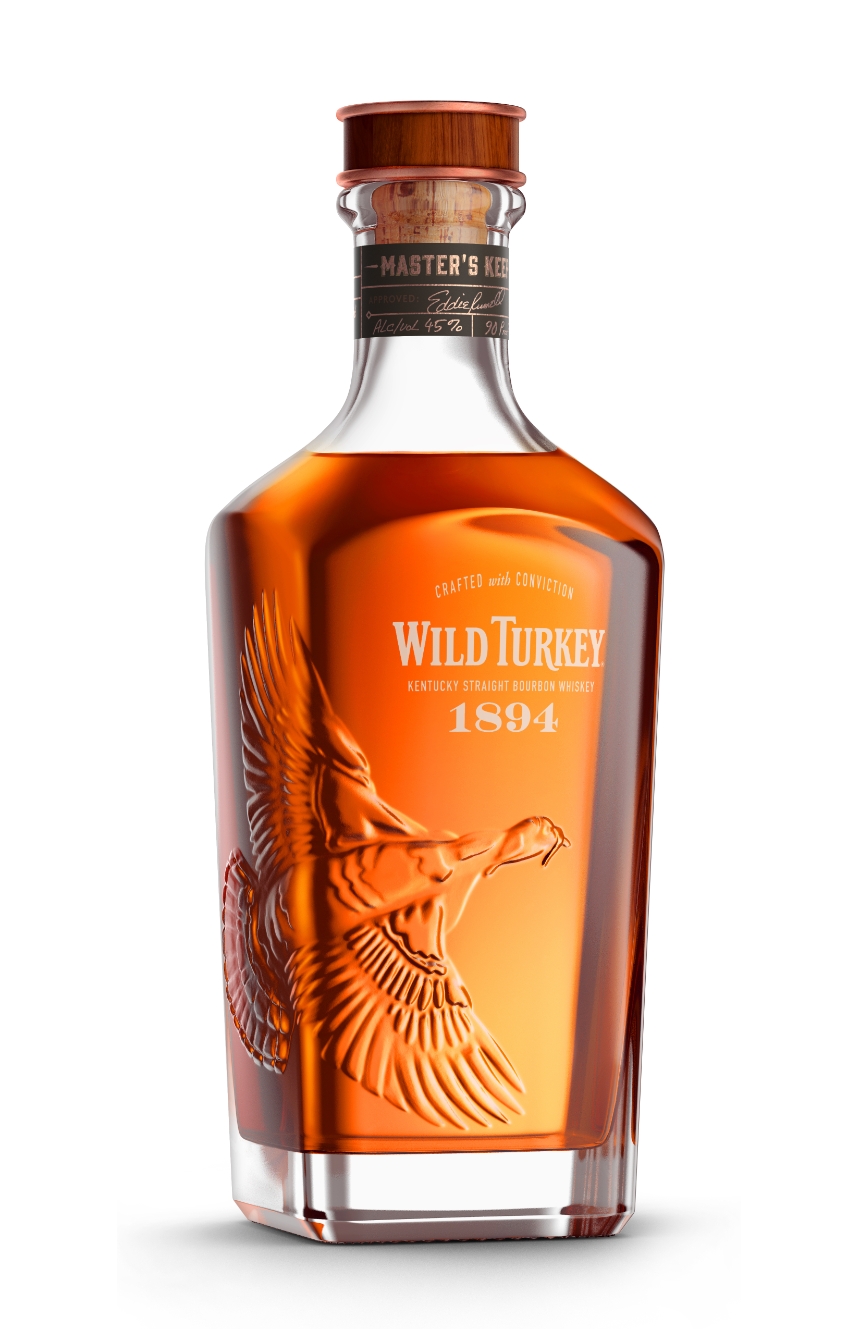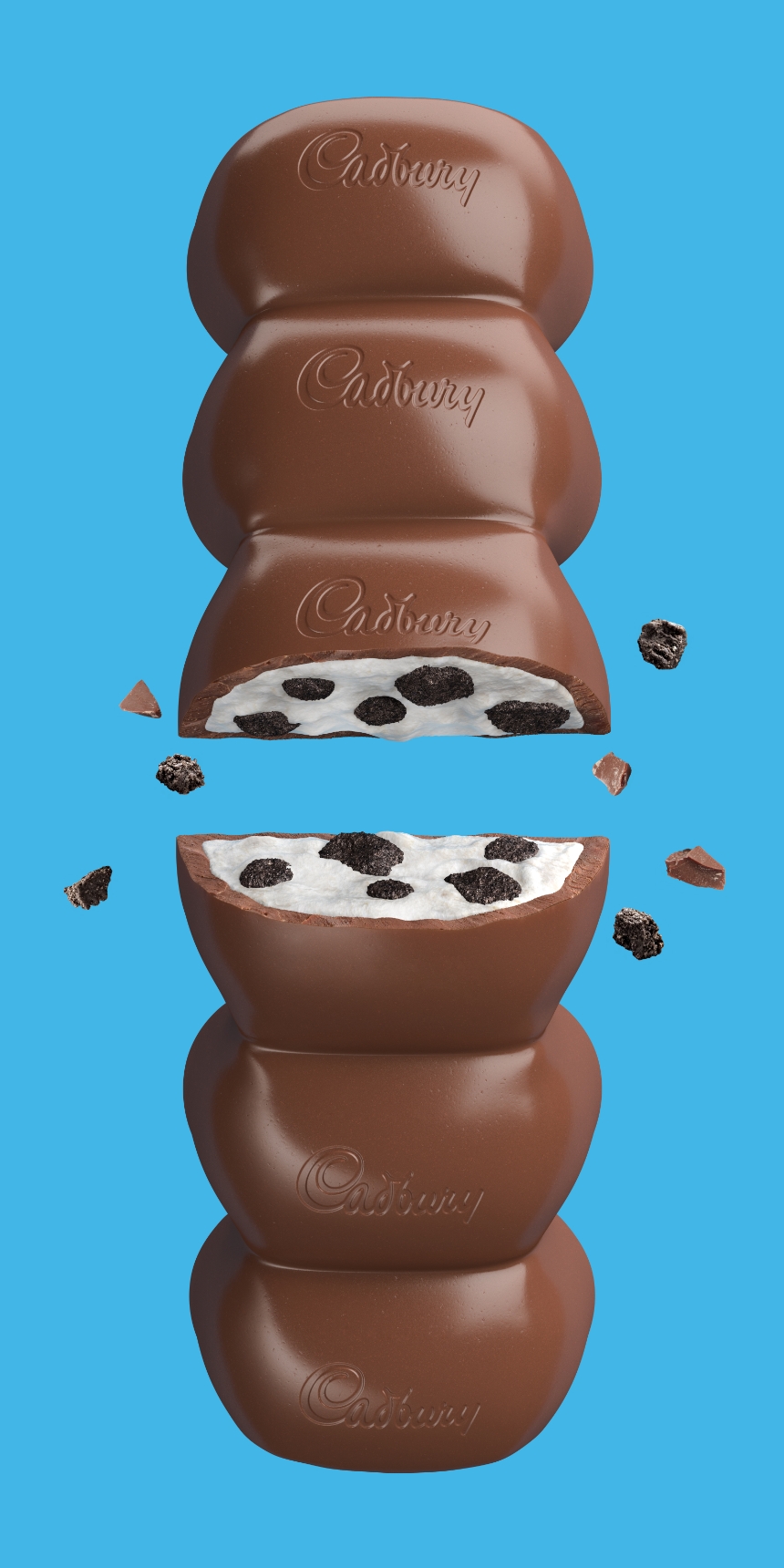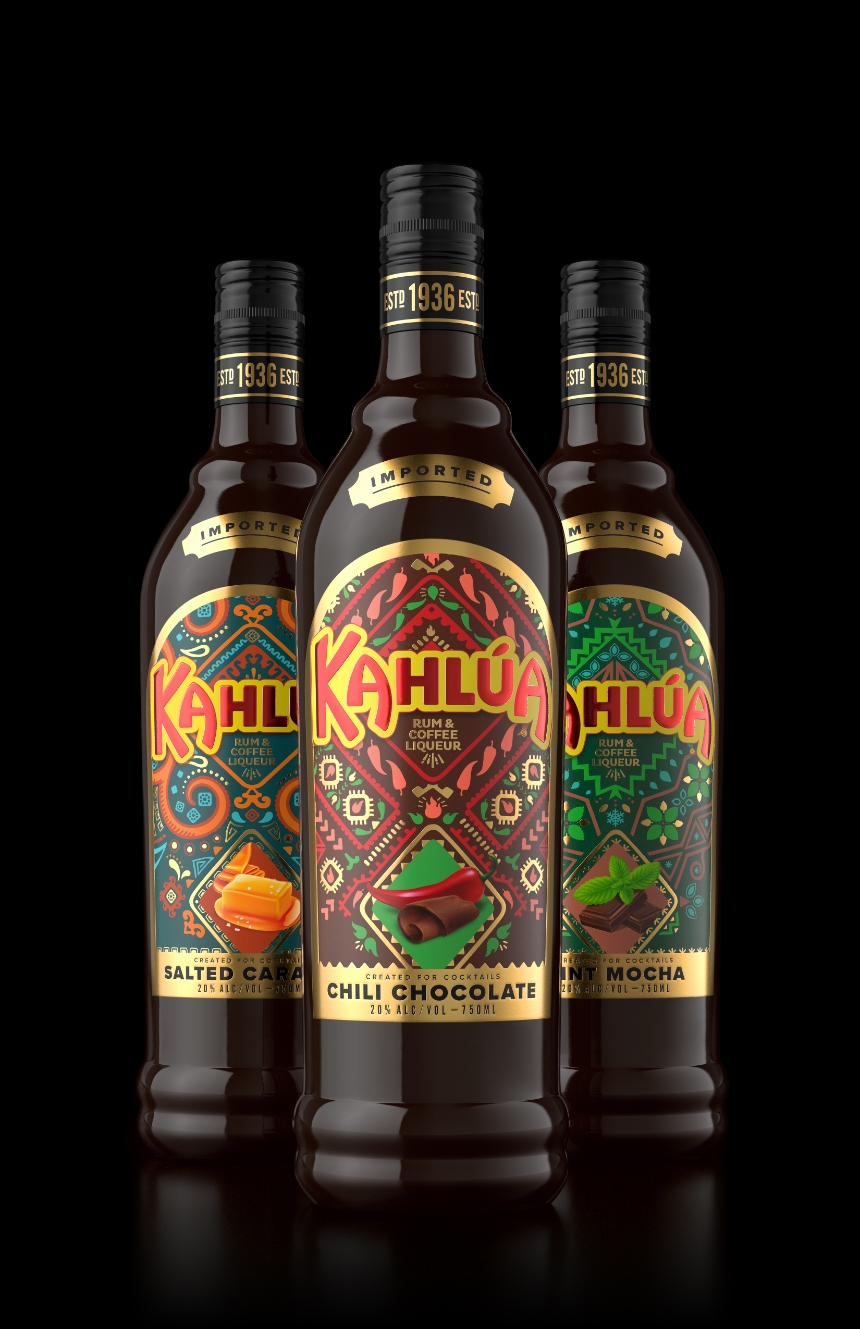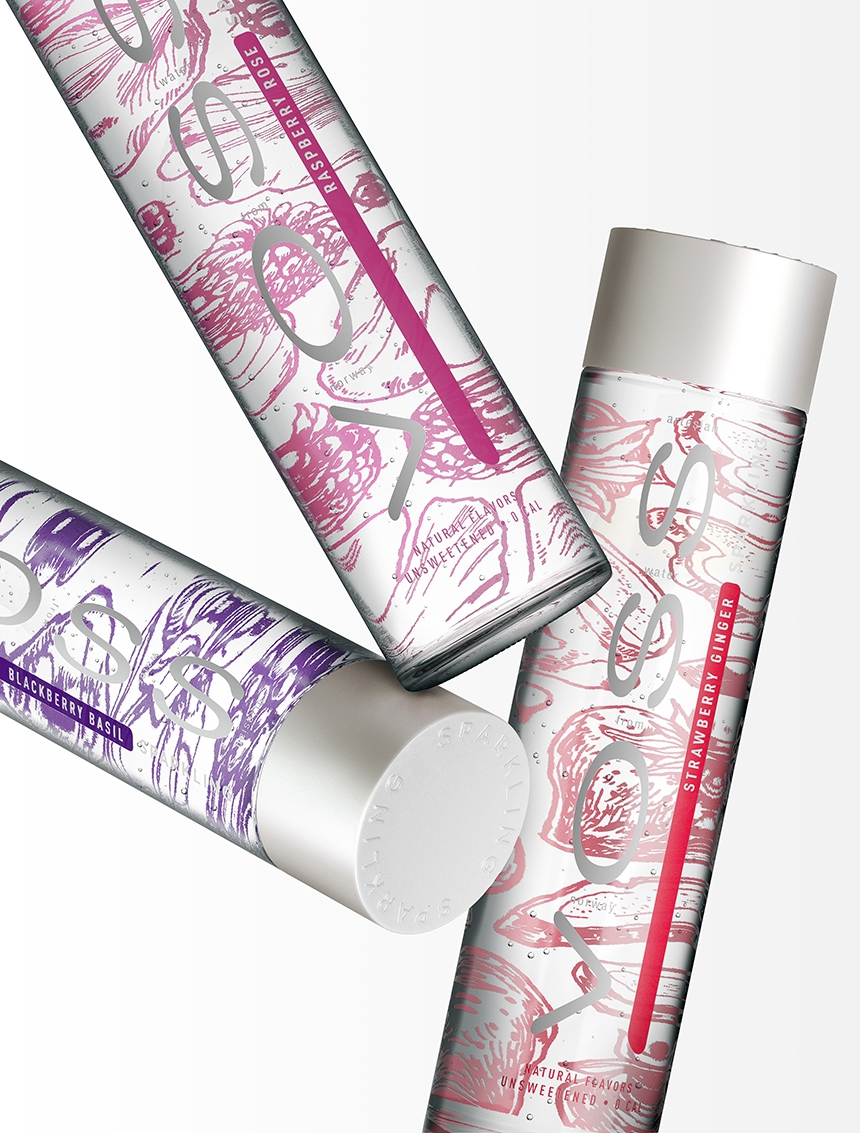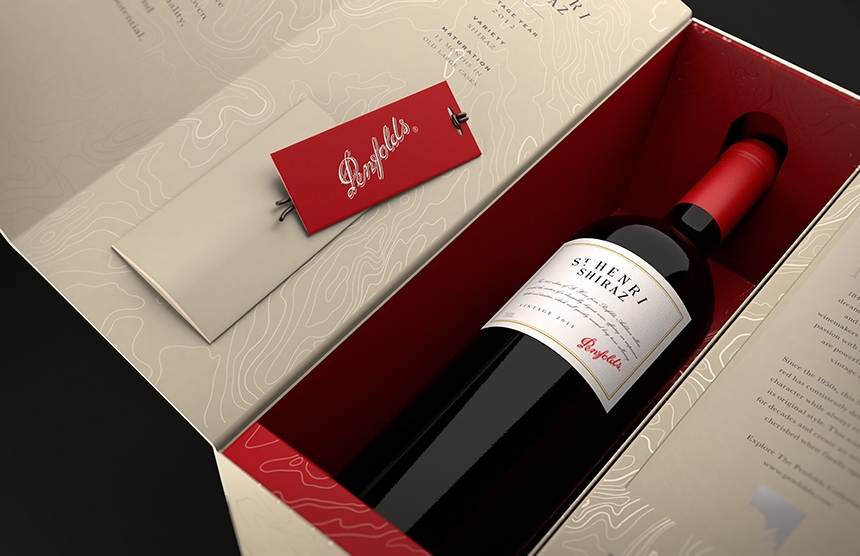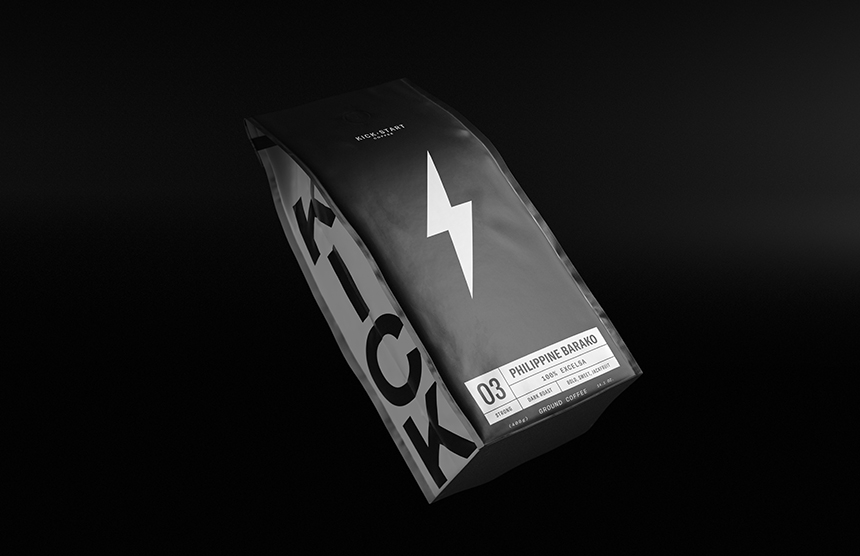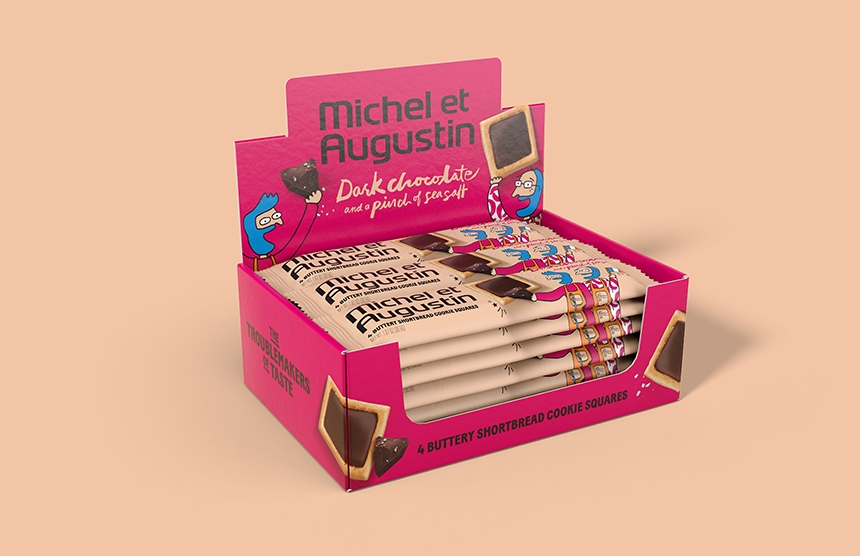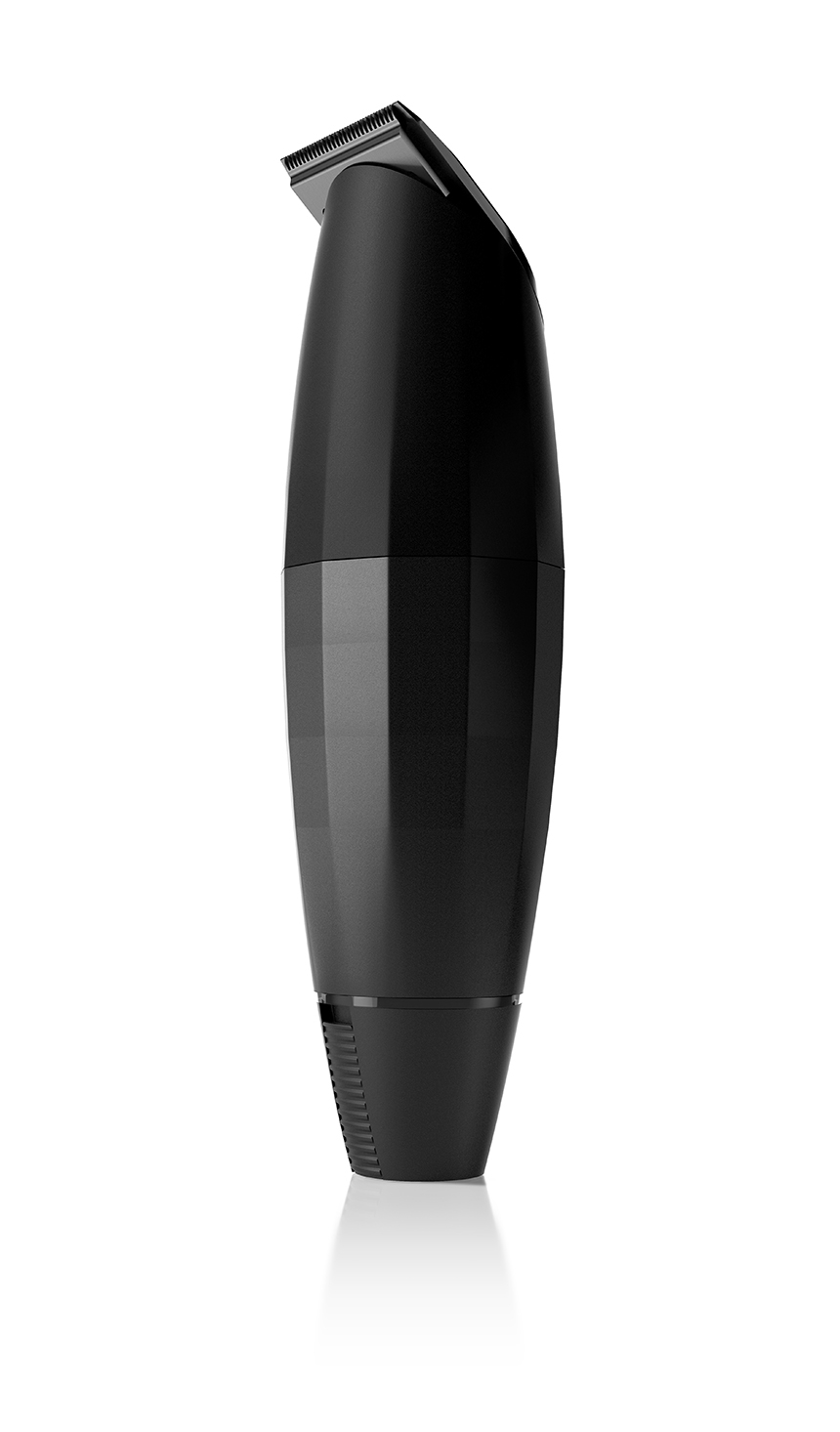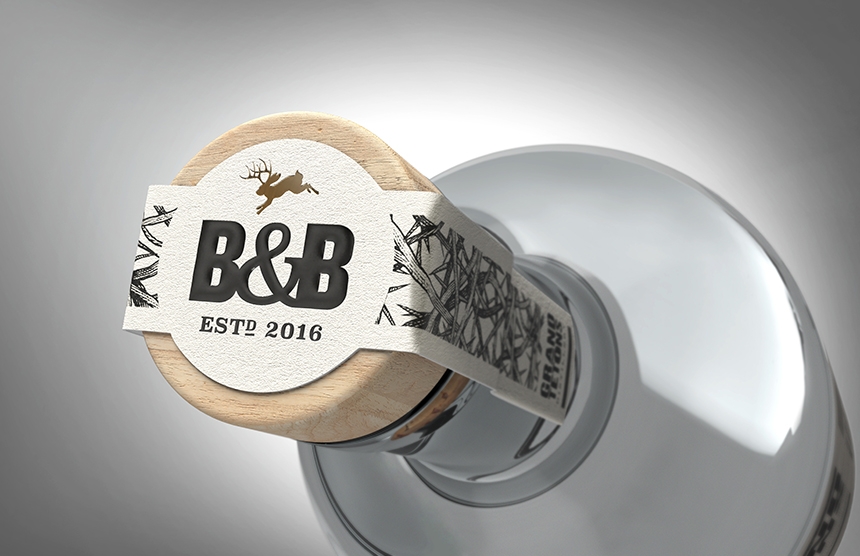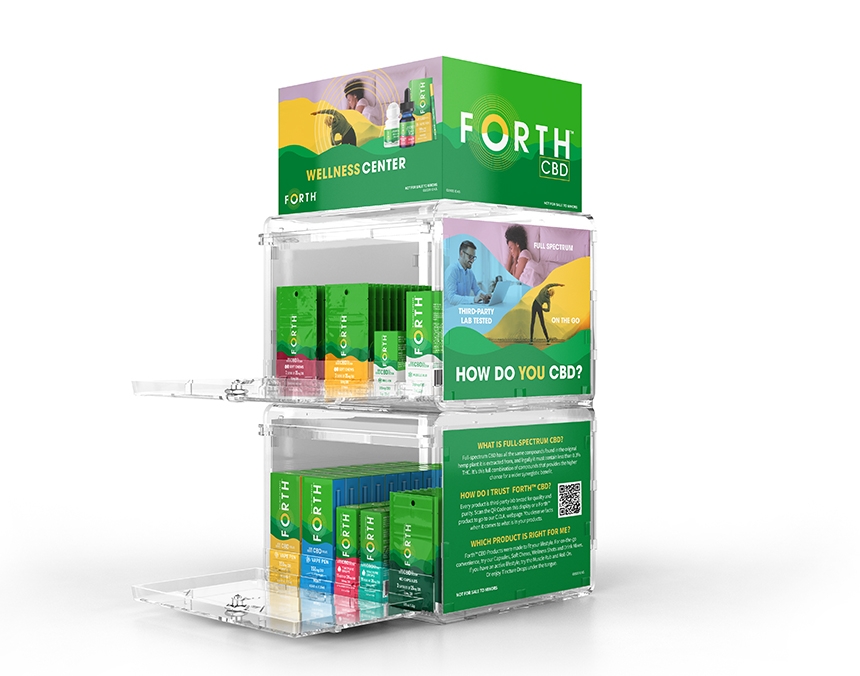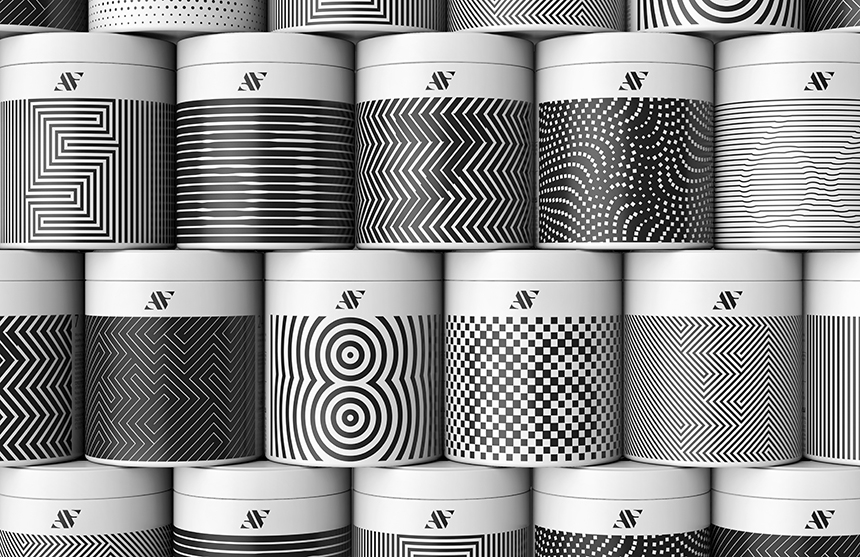Luiza: That's great. So I'm curious to know, does HDR Light Studio help you learn lighting better? Does it help you learn the art of lighting?
Alex: I would say that it definitely does. The way you're able to layer things, you're able to create a very complex scene in a pretty short amount of time. Especially with the latest update of being able to group things together and save multiple versions out all within one file to test things - even that has already been really adopted into the workflow. I would say that, coming from a painting background, I'm used to just creating the light that I need. Actually having to manually light something was something that I had to get used to. HDR Light Studio has definitely made it a much easier transition to really push yourself within a 3D space.
Luiza: I’m pleased, that’s great to hear. If you had to choose a few of your favourite features of HDR Light Studio, what would they be?
Alex: Probably just being able to scale infinitely. There's a lot of little details: like the wrinkles and certain soft-boxes, and the fact that I can bring in the ones that are my favourite and scale them to be whatever size I want. Especially because we work with products that are so small a lot of the time, you have to keep that in mind when you're lighting something - you can't use a bunch of lights that in real life would be so large that they'd have to be so far away from your product. You go through the process of modelling everything to scale, texturing to scale, you have to keep in mind when you're lighting that everything would, in real life, be closer. So all my lights should be a little bit larger than they might necessarily import in at. I feel that that flexibility is probably one that I lean on the most, being able to do that.
Luiza: With you guys working from home and remotely, did you make use of the portable lighting feature? Sending lighting files, like lighting designs, to other clients and team members - was that quite handy for you guys?
Alex: Yes, it definitely was. It’s only been in the last couple of years that we've had additional 3D people besides myself. Being able to exchange lighting setups - because I might only have the time in my week to do the modelling and the texturing. You might throw some placeholder lights on there - that's what you've been looking at it with so you want to share that with someone even if they're gonna start from scratch. Being able to have that transition and then whatever they have. If we have to divide a series of renders between a couple different machines everybody's on the same page. You can't beat that kind of flexibility long distance.
Luiza: Have you tried lighting with HDR Light Studio, Cassandra?
Cassandra: Oh no. Learning programmes, I am the first to say, is not my forte. That was proven in college when I took the same modelling software course three times. It's just not a skillset that I currently have.
It’s definitely been awesome to see. One of our photographers is in the process of learning 3D. He's amazing with light, as a photographer, and it’s been really interesting for me to see the seamlessness of how he's able to pick up lighting software. We’ll touch base with him at some point, just because of the complexity of what it is we need to light. It's the seamlessness of assets within the programme that have been really great.
Alex: It's been really interesting to work through that with him because I can send him a 3D model and he has the software installed, and whereas I'm looking at it going, “Okay, I want a highlight that looks like this…”, he’s saying, “I know what equipment I would need to light it in real life. Where's this? Where's the soft-box that’s this size? Can I change the fabric on the front? Can I put colour gels in front of this? How many kinos can I put in this scene?” And I'm sitting there going, “Listen, I don't know. Poke around!” There's been a few instances where he's been describing a very specific type of umbrella and I'm like, “No, I definitely do think they have that!” Because he knows - obviously - the physical representation of the digital assets you guys have created, he's definitely lit things with stuff that I hadn't even tried using before, because he knows exactly how it works in the real world. That's been a really interesting benefit and a new way of working and looking at the software that just from my own background I didn't have.


